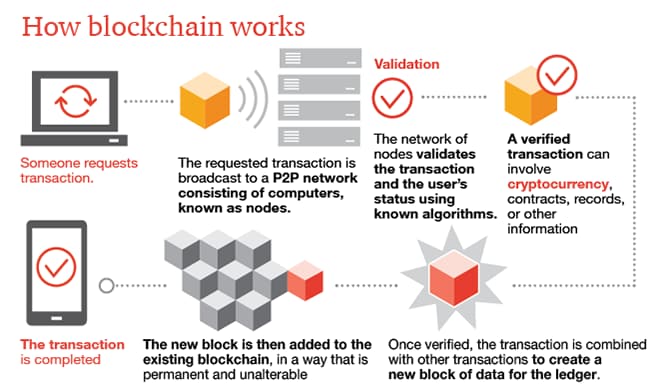What is ethics?
Ethics is concerned with what society considers to be right or wrong. It therefore relates to standards of behaviour. At first this may appear to overlap with one purpose of law, in that law seeks to address behaviour of which society disapproves. However, ethical principles may be adopted that discourage behaviour that is undesirable but legal. For example, during the expenses scandal that arose in the UK in 2009 regarding claims for reimbursement by politicians, one politician responded to criticism by stating that she had done nothing illegal. This rather missed the point, as the general public may still regard legitimate expenses claims as inappropriate, and therefore unethical.
Ethics lacks the certainty usually provided by the law, as individuals may consider some things that are legal to be unethical. In turn, views on morality differ, so even when ethical principles are codified by professional bodies or commercial organisations, they may be regarded differently according to the moral principles of each individual.
Corporate codes of ethics
Corporate codes of ethics are published by private sector organisations in order to communicate their values and beliefs to stakeholders. These include:
- customers, whose buying decisions may be influenced by ethical considerations
- shareholders, whose investment decisions may be influenced by ethical factors
- employees, who have to know the standards expected of them
- suppliers, who need to understand the expectations of their customers and also that they will be treated ethically during the course of the commercial relationship
- lobby groups, who may have specific interests in certain practices of the organisation
- the community in which the organisation is situated, which may seek reassurance that the organisation will act in its interest as an employer and as a good ‘corporate citizen’.
Conflicts of interest arise from various sources. The accountant may be asked to:
- take a decision on a matter in which the individual has a personal involvement, such as where the accountant has a family or personal relationship with the client
- advise a company that is in direct competition with an existing client
- support two clients who are in competition with one another.
Ethical dilemmas arise when the accountant has to consider two or more seemingly incompatible ethical obligations. For example:
- he may be asked by a manager to remain silent about certain matters that would have an adverse impact on the financial accounts of an organisation, thereby testing the accountant’s loyalty to his manager on the one hand, and his responsibilities as a professional accountant on the other
- he may consider that the policies of his employer are unethical and may find it difficult to reconcile personal values with those of the organisation
- he may be advising a long-standing client who is also a personal friend, only to discover that one of the client’s family is behaving dishonestly, thereby playing the bond of friendship against the professional duty to give objective, truthful advice.
The IFAC Code offers a framework through which ethical dilemmas may be addressed. When faced with ethical conflicts, the decision taker should consider:
- the facts of the situation
- the ethical principles involved
- related fundamental principles
- relevant internal procedures
- the alternative courses of action
- consequences of each alternative course of action.
Conclusions
Ethics is not an easy subject but one that has become critically important in a business environment in which failure to adhere to proper standards can have a devastating effect on organisations, investors, suppliers, employees and, of course, customers. Looking back over the past 25 years, there have been several high-profile corporate scandals that have all involved the human ethical failings to some degree. They include Enron and WorldCom in the US, Parmalat in Italy and Maxwell Communications, Polly Peck and Barings Bank in the UK. Arguably, the revolution in information communications technology has meant that more people know about these issues, and more quickly than ever before, and that such events are nothing new. Perhaps this is one of the very reasons why professions must constantly reaffirm their commitment to ethical values and high standards of moral behaviour.









